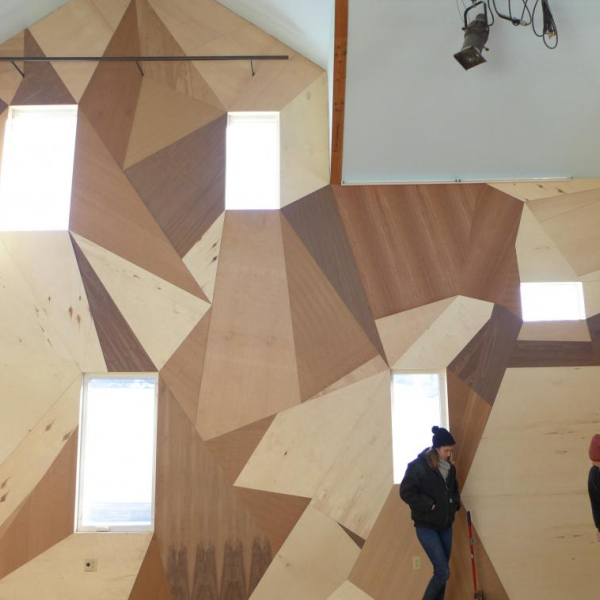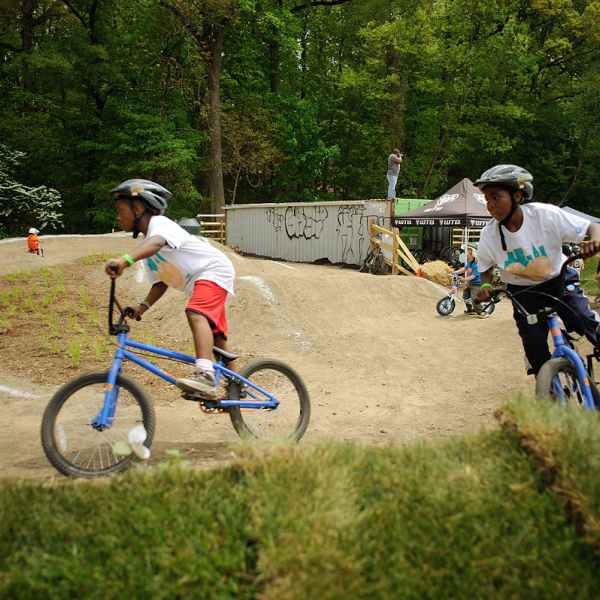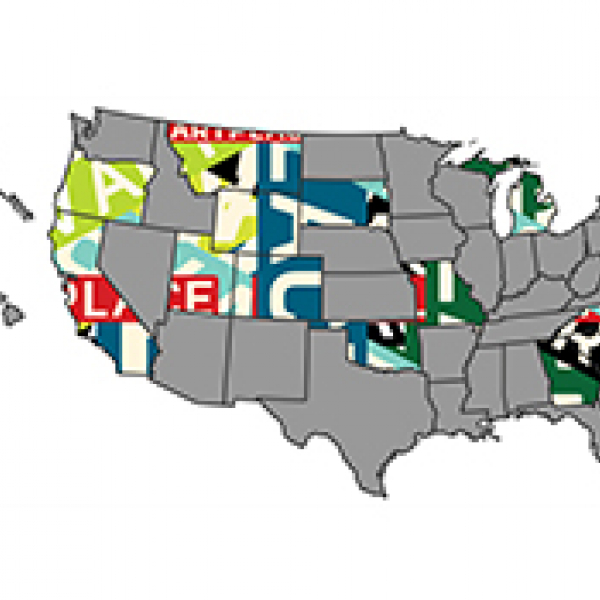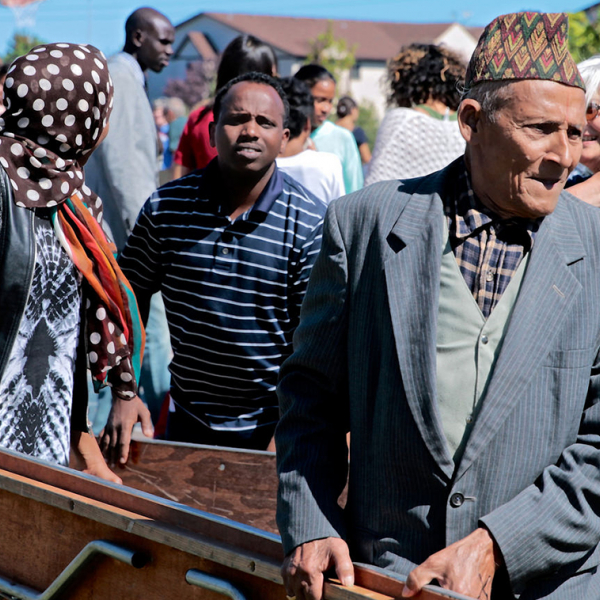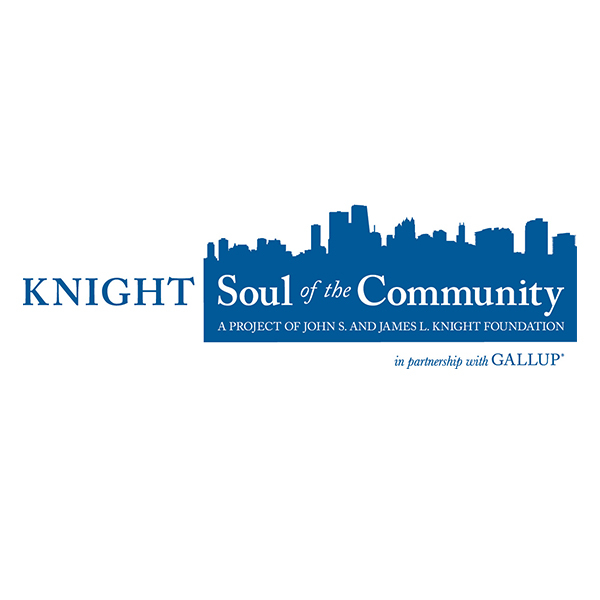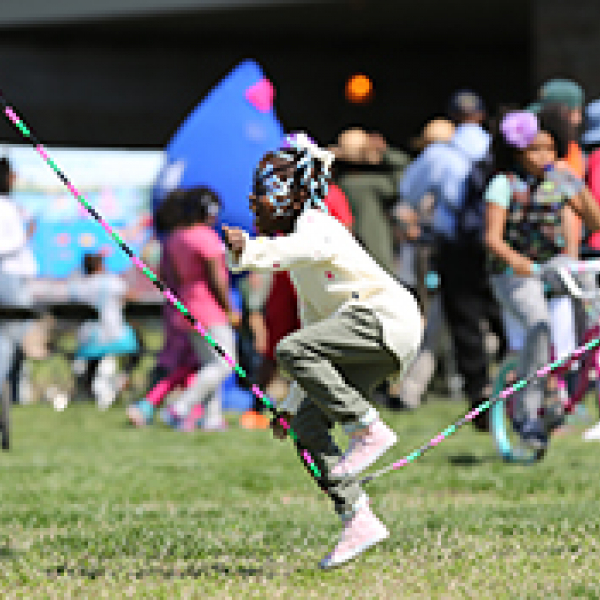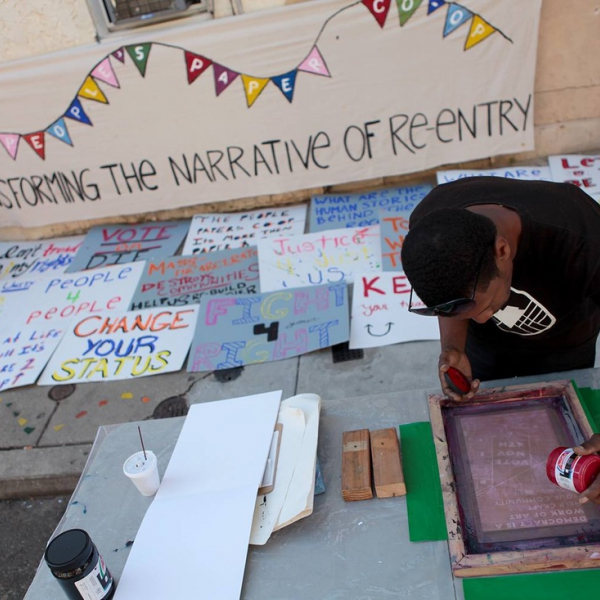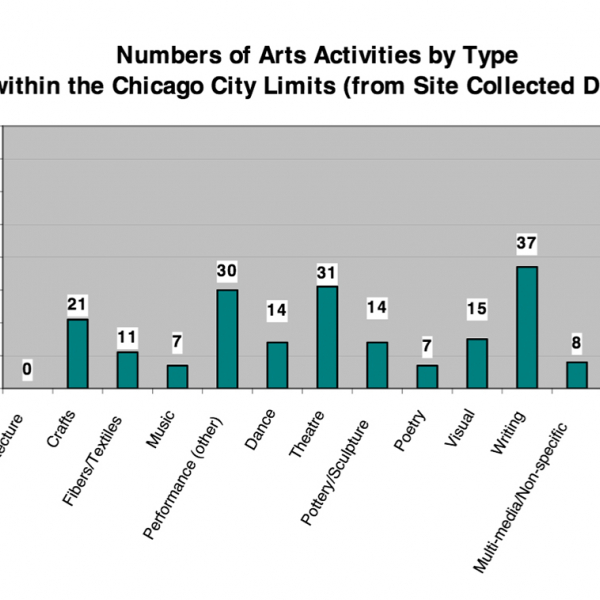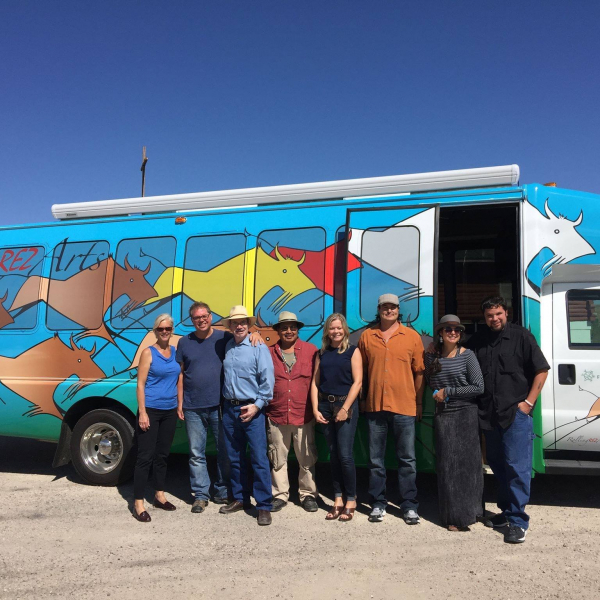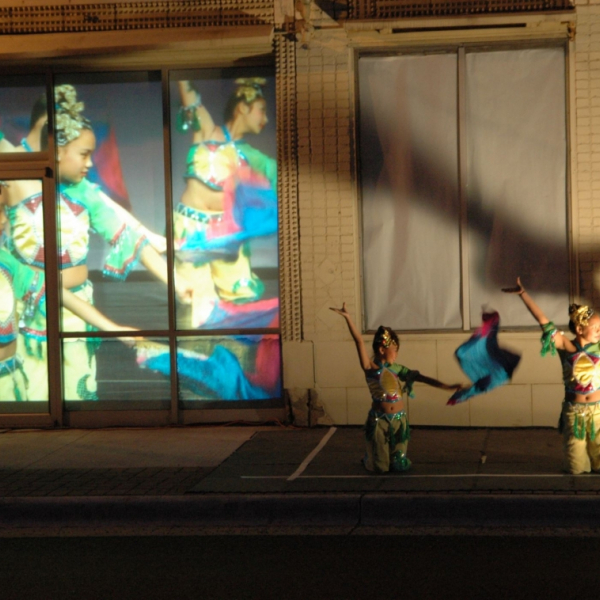Following quickly on the heels of our Public Safety Working Group in Oakland last month, today ArtPlace is joined by The Kresge Foundation and Enterprise Community Partners to kick off our Housing Working Group in Detroit. And what an exciting group it is! The following thought leaders and practitioners represent many facets of the (notoriously complex) housing sector, as well as artists and arts organizations working in a range of ways to advance housing and housing-related goals: Ramona Alexander, Dudley Street Neighborhood Initiative, Roxbury, MA Miriam Axel-Lute, Shelterforce Magazine, Albany, NY Ellen Baxter, Broadway Housing Communities, New York, NY Laurel Blatchford, Enterprise Community Partners, Columbia, MD Julie DeGraaf Velazquez, McCormack Baron Salazar, St. Louis, MO Eileen Fitzgerald, Stewards of Affordable Housing for the Future, Washington, DC
03.03.16
We are now almost six months into the Community Development Investments program and our six community planning and development organizations have been hard at work learning, strategizing, and beginning to take small steps into the world of arts-based strategies for their communities. The first nine months of the program have been intentionally designed to give organizations time to get familiar with concepts and strategize with staff internally, with community members, and with new data on their local ecosystems through cultural asset mapping processes before jumping into projects. While this ‘slowness’ initially felt uncomfortable to organizations used to getting a grant and running with it, it’s been valuable to ensure that potential projects are meaningful and well-informed.
26.02.16
We’re thoroughly energized from over 6 weeks of travel this year. It’s almost March, and we’re back in the office, which means the deadline (March 2 at 3:59 PM EST) to submit your application for the National Creative Placemaking Fund is nearly upon us! So far, we’ve received over 3,000 new registrations from eager applicants. In part, we were able to build excitement around the program through our extensive outreach in the fall of 2015 and early winter of 2016 that we decided to create a map so we could visualize the places we visited most recently.
24.02.16
In the search for public sector support, affability and strategy become two sides of the same coin. In this edition of The Huddle, our grantees reveal their approaches to finding (and maintaining) partnerships within the public sector, emphasizing that while it's great to have a plan, flexibility and finesse will often get you further than a one-size-fits-all approach. Public sector support often builds from the ground up.Joseph Kunkel, architect and planner for the Santo Domingo Tribal Housing Authority, kept that at the forefront of his mind when he turned to community engagement to determine how his team could best serve the Santo Domingo Pueblo’s residents.
19.02.16
Joining our ArtPlace library this week is the Knight Soul of the Community (SOTC) study. SOTC was a three-year study conducted by Gallup on the twenty-six Knight Foundation communities across the U.S. Its purpose was to determine what attached residents to their communities, what made them love where they lived, and what role that attachment played in the economic development and health of that community.What’s fascinating about this study, as previously noted by our Director of Research, Jamie Hand, is that it identified “social offerings, openness, and aesthetics” as more important factors than great schools, a strong local economy, or safe streets when considering how attached residents were to their community.
11.02.16
Establishing an organization as a touchstone for positive change in the community is one thing, but sustaining engagement with that community is another entirely. During our second Huddle conversation, we spoke about how trust-building and finding the right allies can make or break community-based work in the wild. Alfredo Cruz, Director of Programs at the Foundation for Louisiana, summed things up candidly when he said, "After making the mistake of bringing the wrong partner on board once before, I ask the community." In Alfredo's case, his go-to community allies are the same people he directly serves.
09.02.16
2016 has started off with a sprint as we move forward in assembling ArtPlace’s first two research working groups. In December our field scan researchers delivered working drafts of their findings, and I began collaborating with a team at the Monitor Institute, Deloitte Consulting’s social impact practice, to think through the goals and design of the working groups. Monitor’s track record of facilitating diverse groups of professionals across disciplines to build shared understanding and “aligned action” brings an exciting new way of working and thinking about our research goals.
04.02.16
This week we’re adding a research paper to our library that is one of our most often-cited sources on the topic of social cohesion. Informal Arts: Finding Cohesion, Capacity and Other Cultural Benefits in Unexpected Places was written by Dr. Alaka Wali, Director of the Center for Cultural Understanding and Change at Chicago’s Field Museum, in collaboration with Rebecca Severson, Mario Longoni, and an extensive project team for the Chicago Center for the Arts Policy (CCAP) at Columbia College in June of 2002.
27.01.16
Whether through philanthropic donations, government funding, tax credits, or earned income, fundraising requires creativity, patience, and persuasion. Even within their own communities, non-profits seeking funding have to be prepared to demonstrate their value. For example, Robert Gipe, of the Higher Ground Project, used theater to open dialogues about his area's prescription drug addiction epidemic. In order to receive the funding he needed from the college, he took action he knew couldn't be ignored.
22.01.16
This week the Irrigate Toolkit joins our library. Funded in part by ArtPlace and disseminated by HUD, the toolkit sprung from the 2011 artist-driven Irrigate project. This project was a collaboration among Springboard for the Arts, the City of Saint Paul and Twin Cities Local Initiatives Support Corporation (LISC) in response to the disruptive construction of a new light rail transit line. Irrigate engaged the arts to offset the negative impacts of construction, which often hampers activity and local businesses, by activating artists as community leaders and developing partnerships between them and local business owners.






